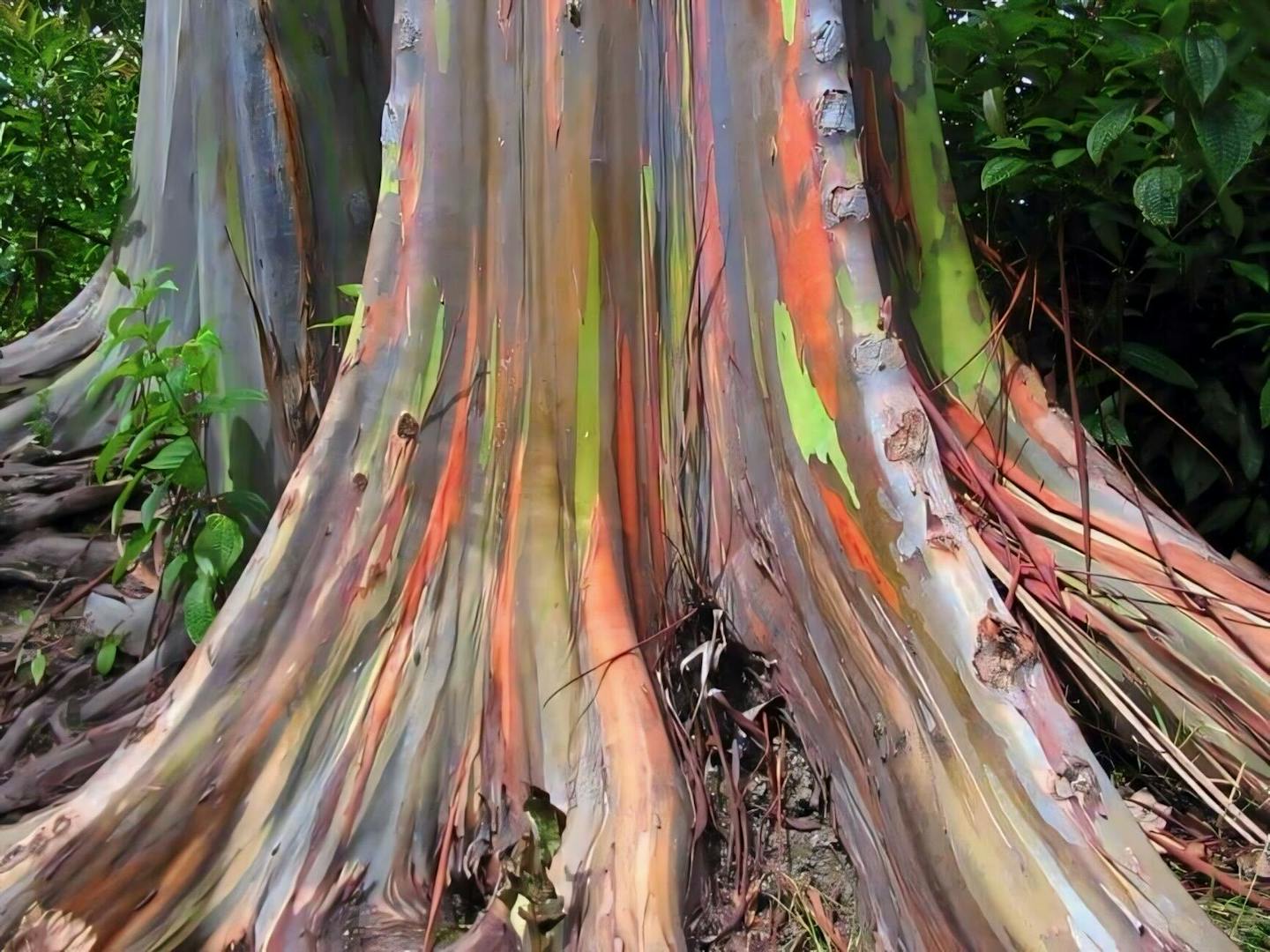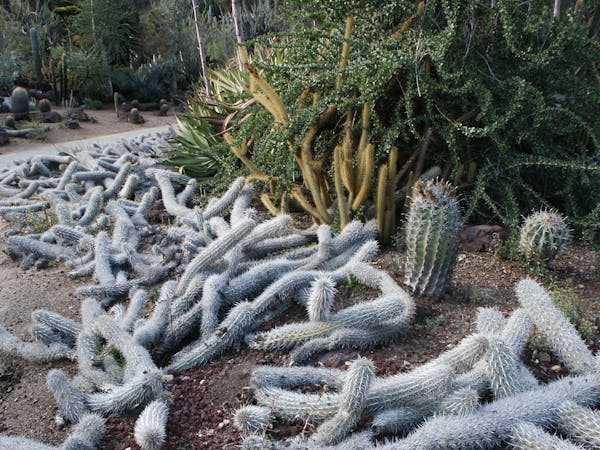Rainbow eucalyptus: The stunning, colorful tree that looks like art
The rainbow eucalyptus (Eucalyptus deglupta), also known as Mindanao gum or rainbow gum, thrives in the biodiverse rainforests of the Philippines, Indonesia, and Papua New Guinea.
Growing from sea level to altitudes up to 1,800 meters (5,906 ft), these trees are the only eucalyptus species found in the Northern Hemisphere rainforests, painting a vivid picture of their lush, moist, and vibrant habitat.
Anatomy of a living palette
Standing 60–75 meters (197–246 ft) tall, the rainbow eucalyptus is a spectacle of nature with its smooth, orange-tinted bark that peels away in strips to reveal a canvas of green, red, orange, gray, and purplish brown hues. The shedding process reveals new colors and patterns, uniquely striking each tree. This color change and its towering height and large buttresses make it a true natural wonder.
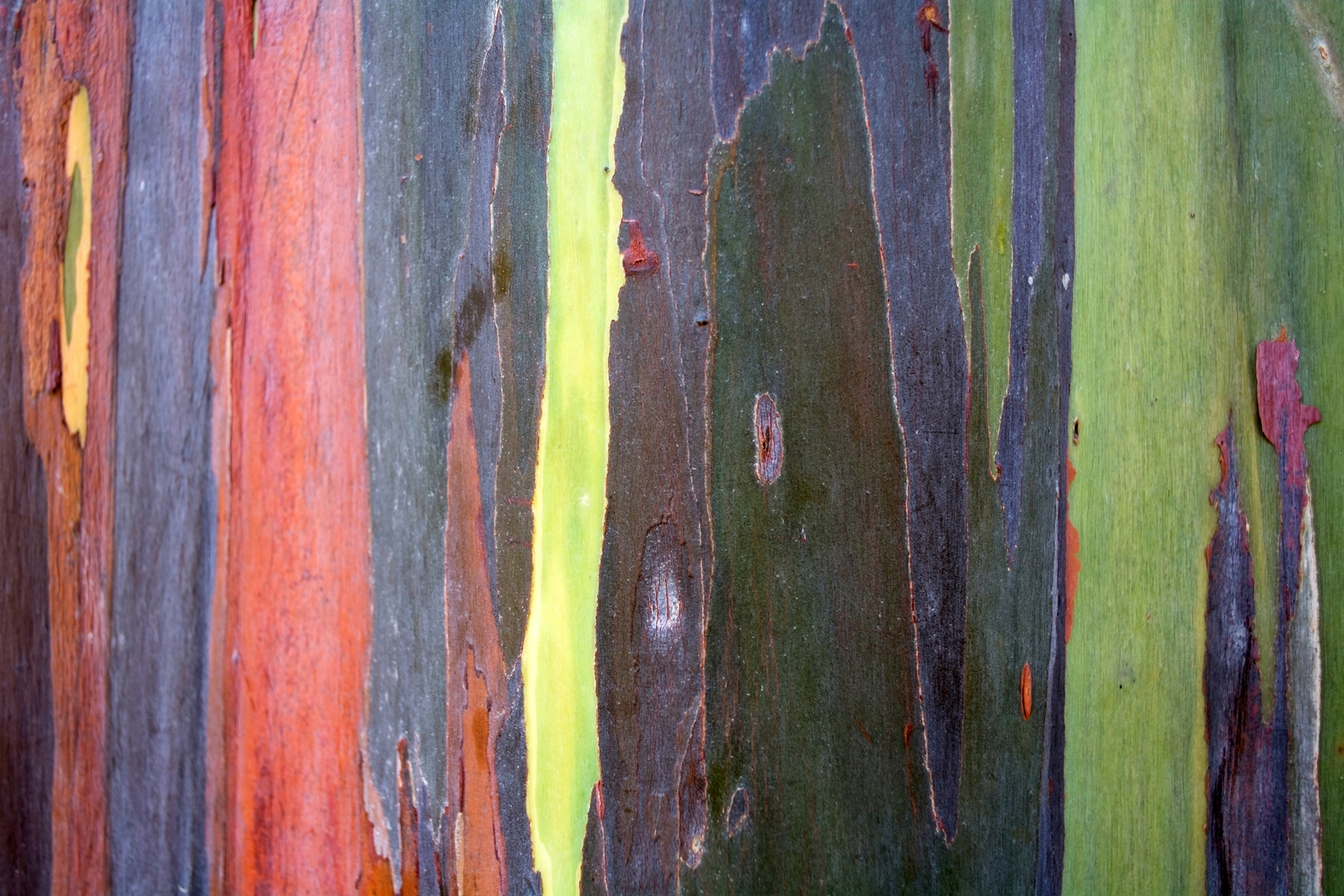
The colorful pattern of the rainbow eucalyptus tree. Image credit: © Lehakok | Dreamstime
An ecosystem anchor of the rainforest
The ecological role of the rainbow eucalyptus is multifaceted. Its rapid growth and large size make it vital for maintaining the structural integrity of the rainforest.
It offers habitat and nourishment to a myriad of species, from the microorganisms that feed on its decaying leaves to birds that nest in its lofty branches. Importantly, its roots help stabilize the soil, preventing erosion and maintaining watershed health.
Cultural and traditional significance
Indigenous cultures in the tree's native regions have long revered the rainbow eucalyptus. Known locally on Mindanao, an island in the southern part of the Philippines, as bagras, it is integral to traditional medicine practices.
Its leaves are antiseptic and are used to treat various ailments, such as wounds, and in teas to treat asthma and coughs. The tree’s ability to repel mosquitoes adds to its valued role in improving life quality, demonstrating its practical uses beyond its environmental contributions.
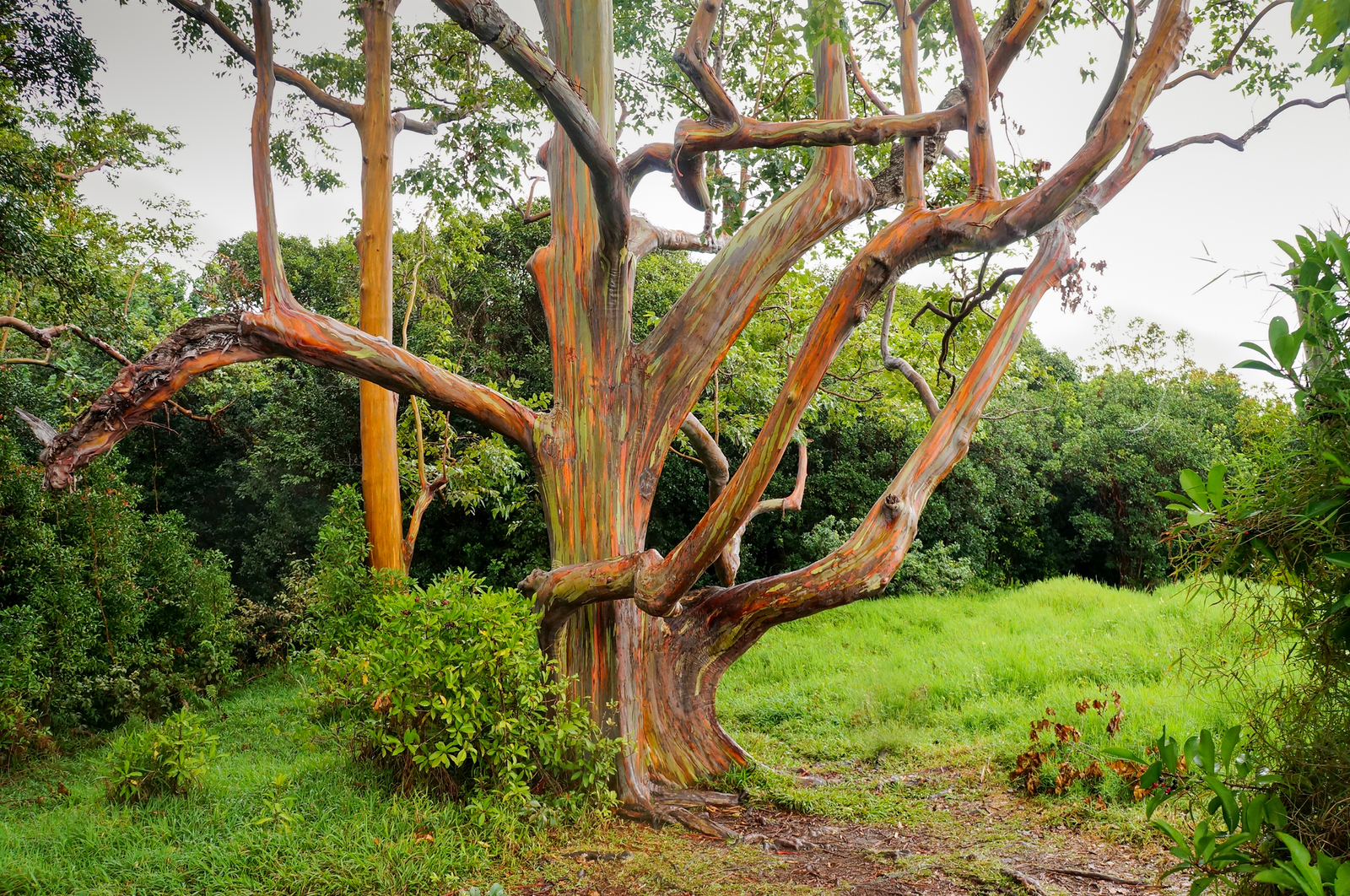
Bagras have been essential in traditional medicine practices for generations throughout the Philippines. Image credit: © Junko Barker | Dreamstime
A global presence beyond its native soil
The striking appearance of the rainbow eucalyptus has led to its introduction in various other parts of the world. Countries like the United States, notably Hawaii, Brazil, and even parts of Africa, now host these colorful giants in botanical gardens and as ornamental street trees.
In Hawaii, the rainbow eucalyptus is particularly popular, planted along roadsides and in parks for its aesthetic appeal and fast growth. However, its introduction outside its native range is not without ecological implications.
In some areas, it competes with native flora, altering local ecosystems. This has sparked discussions on managing non-native species and the balance between admiration for its beauty and the ecological consequences of its planting.
Threatened by habitat destruction
Despite its resilience and popularity, the rainbow eucalyptus faces threats in its native region from habitat destruction due to logging, agricultural expansion, and climate change.
These pressures have led to a fragmented population, with a notable decline over the past two centuries. The species is now listed as vulnerable, highlighting the urgent need for protection measures.
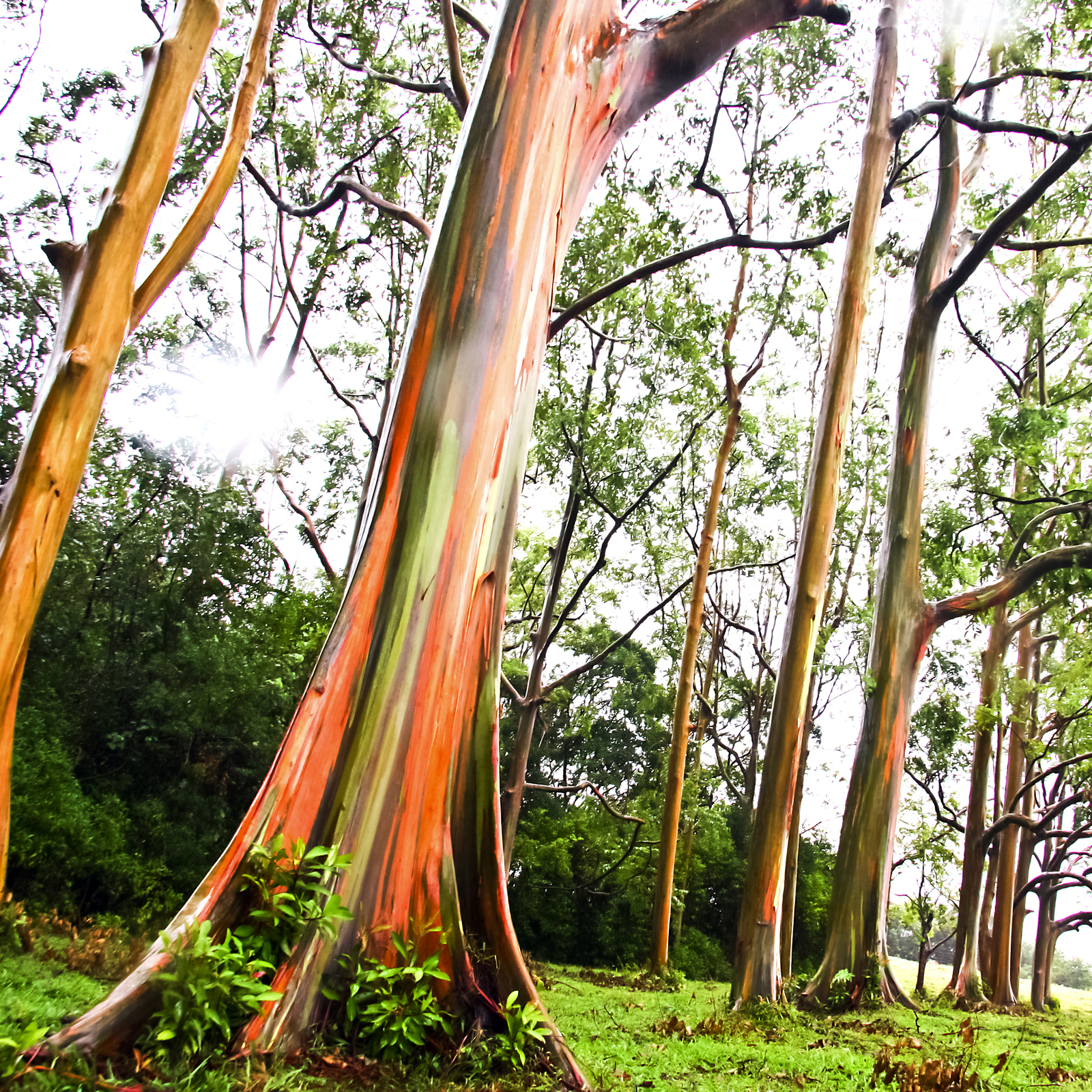
Protecting rainbow eucalyptus trees helps preserve the beauty and vibrancy of our natural world. Image Credit: © RightFramePhotoVideo | Dreamstime
Protecting nature's work of art
Conservation efforts for the rainbow eucalyptus include habitat preservation, sustainable forestry practices, and legal protections in its native countries.
Planting these trees in reforestation projects not only helps restore degraded landscapes but also sequesters carbon, mitigating climate change effects. By protecting the rainbow eucalyptus, we safeguard a part of our global natural heritage and invest in a sustainable future.
Conserving a colorful world
As we advance conservation efforts, we also celebrate this magnificent species that brings color and life to the rainforests. Protecting it is more than an ecological duty; it is a commitment to preserving nature's artistry and a world vibrant with color and diversity.
Explore Earth's Biodiversity